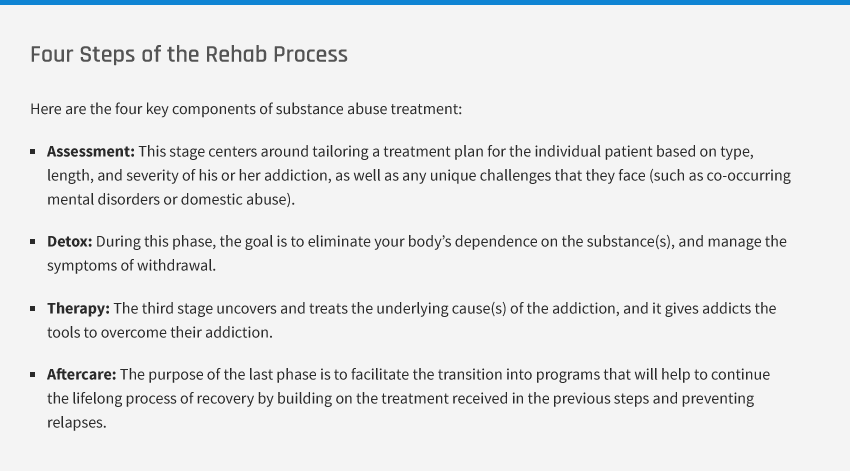Recovering from Ambien addiction starts with detoxification, a process — usually medically-managed — during which the body is cleared of Ambien. How long that process takes depends on a number of factors, including how long the user has been taking Ambien, how much the user has been taking, and when the user took his or her last dose. Ambien has a half-life of about 2.5 hours, meaning it takes 2.5 hours for half of the substance to leave the body. Initial detoxification typically takes about 14 hours, but withdrawal symptoms may linger for a week or longer.
In some cases, withdrawal symptoms are severe, especially when the user has a long history of Ambien use or abuse or if the drug is stopped abruptly. Symptoms such as delirium, memory loss, confusion, and mood swings can continue for even longer than the typical one-week withdrawal period and require additional medical supervision and/or intervention.
Withdrawal Symptoms
Dangerous withdrawal symptoms linked to Ambien detoxification
Ambien is classified as a central nervous system (CNS) depressant. Long-term use can lead to dependency. Abruptly stopping or significantly lowering the dosage is known to cause a wide range of withdrawal symptoms, some of which can be debilitating or even dangerous. Hallucinations, anxiety, panic attacks, and increased heart rate and blood pressure can all put the user at risk.
Withdrawing from Ambien may cause physical discomfort
Individuals experiencing Ambien withdrawal may also experience digestive problems, such as nausea, vomiting and stomach cramps. Fever and flushing are not uncommon, and some persons have reported muscle weakness, tremors, and even convulsions.
Ambien withdrawal can lead to hallucinations and/or delirium
Some studies indicate that Ambien withdrawal can cause the user to develop delirium, a shift in brain activity that exhibits as mental confusion, emotional disturbances, and difficulty focusing. Though delirium is not a common Ambien withdrawal symptom, it is possible, especially if the user has been taking large amounts of Ambien or misusing the medication for a long period of time.
Ambien Detoxification Medications
While there is no widely accepted medication regimen to help facilitate Ambien withdrawal, some medical professionals may use pharmaceuticals to treat or at least control withdrawal symptoms. These measures may include anti-anxiety medications to manage stress and panic attacks, beta-blockers to manage high blood pressure, and anti-emetics to soothe digestive woes.
For more information about withdrawal, read our guide on Ambien Addiction.


